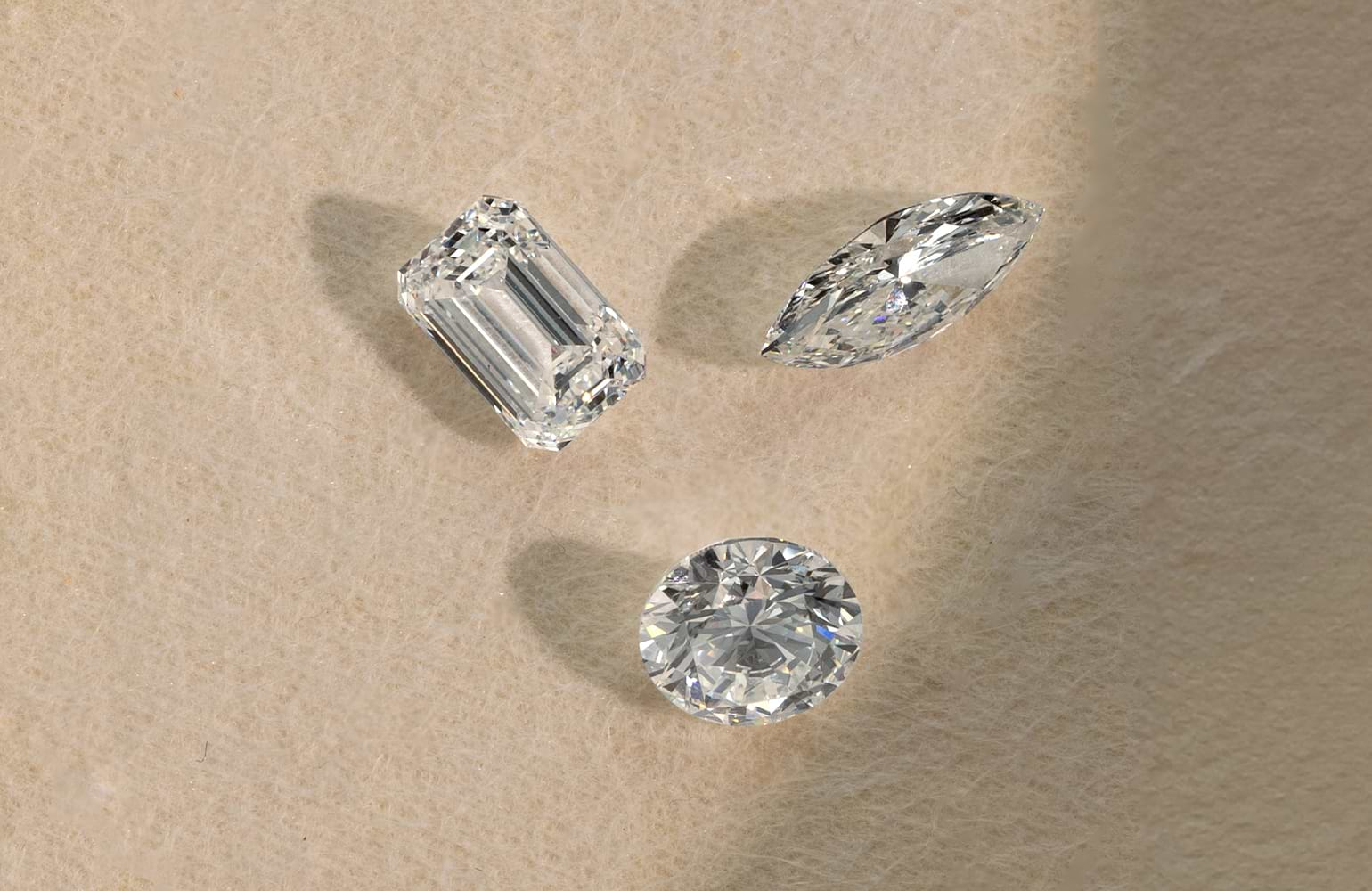Lab-grown diamonds have become a popular alternative to mined diamonds in recent years. They offer the same beauty and durability as natural diamonds, but at a more affordable price. When shopping for a lab diamond, one of the most important aspects to consider is the 4Cs—Cut, Color, Clarity, and Carat weight. These factors determine the quality, appearance, and value of the diamond. In this article, we will explore the significance of the lab diamonds 4Cs and how they affect your purchasing decision.
The Importance of the 4Cs in Lab Diamonds
The 4Cs—Cut, Color, Clarity, and Carat weight—are the universally accepted criteria for evaluating the quality of diamonds, including lab-grown ones. These attributes help determine a diamond’s overall visual appeal and value. While lab diamonds are chemically identical to natural diamonds, their quality is assessed based on the same standards. Understanding the 4Cs is crucial when shopping for lab diamonds because it enables you to make an informed decision that fits your preferences and budget.
The Cut of Lab Diamonds
When it comes to lab diamonds, the cut is one of the most critical factors affecting its beauty. The cut refers to how well a diamond has been shaped and faceted, which in turn affects how the diamond interacts with light. A well-cut lab diamond will sparkle and shine, displaying brilliance and fire. The quality of the cut is often the most important of the 4Cs because it impacts the diamond’s overall appearance. Lab diamonds can be cut into various shapes, including round, princess, oval, and emerald, each offering its own unique visual effect. The better the cut, the more attractive and valuable the lab diamond becomes.
Understanding the Color of Lab Diamonds
The color of a lab diamond refers to the presence of any color within the stone, with the most desirable diamonds being completely colorless. Diamonds are graded on a scale from D (colorless) to Z (light yellow or brown). Lab diamonds are typically created in controlled environments, which allows for a more consistent color grade. However, even within lab-grown diamonds, there can be slight variations in color. A colorless lab diamond (graded D, E, or F) is often the most expensive, but many people find that diamonds with a slightly lower grade (G, H, or I) offer a great balance of value and appearance. When selecting a lab diamond, it’s essential to choose a color grade that aligns with your budget and aesthetic preferences.
The Clarity of Lab Diamonds
Clarity refers to the presence of internal or external imperfections, known as inclusions and blemishes, respectively. The clarity of a lab diamond is graded on a scale from Flawless (no inclusions or blemishes visible under 10x magnification) to Included (inclusions visible to the naked eye). Lab diamonds, like natural diamonds, can have varying degrees of clarity, although man made diamonds tend to have fewer inclusions because of the controlled environment in which they are created. Many lab diamonds are graded VS1 or VS2, meaning they have very small inclusions that are difficult to detect without magnification. Choosing a high-clarity lab diamond will result in a more flawless appearance, but diamonds with lower clarity grades can still be beautiful and provide excellent value.
Carat Weight of Lab Diamonds
Carat weight measures the size of the diamond. One carat is equivalent to 200 milligrams. The carat weight of a lab diamond influences its overall size and, to some extent, its price. Larger lab diamonds are more expensive, but this is not the only factor that affects the price. A diamond’s cut, clarity, and color all contribute to its value, with carat weight being just one element. When shopping for a lab diamond, it’s important to balance carat weight with the other 3Cs to ensure that you get the best value for your money. Many people prefer slightly smaller diamonds, as they often provide better value without sacrificing too much in terms of size or visual appeal.
How the 4Cs Affect the Price of Lab Diamonds
The price of a lab diamond is determined by its 4Cs. Typically, diamonds with higher grades for each of the 4Cs are more expensive. For example, a lab diamond that is colorless (D), flawless (Flawless), and weighs one carat will be much more expensive than one with a lower color or clarity grade. However, lab diamonds offer a great opportunity to get a higher-quality stone at a more affordable price than a mined diamond of similar size and quality. Many people find that lab diamonds allow them to purchase a larger or higher-quality diamond within their budget, thanks to the controlled creation process.
Choosing the Right Lab Diamond for You
When selecting a lab diamond, it’s important to focus on the 4Cs and prioritize what matters most to you. If you prefer a diamond with exceptional sparkle, focusing on a high-quality cut might be your top priority. If color is important to you, aim for a color grade of D, E, or F. For those who want a flawless appearance without paying a premium price, a VS1 or VS2 clarity grade is often a great choice. Lastly, consider the carat weight that fits your style and budget. Understanding how the 4Cs interact and influence each other will help you make the best decision when purchasing a lab diamond.
Conclusion: The Value of Lab Diamonds and the 4Cs
Lab diamonds offer an excellent alternative to traditional mined diamonds, with the added benefit of being more affordable. By focusing on the 4Cs—Cut, Color, Clarity, and Carat weight—you can ensure that you select a diamond that meets your preferences and fits your budget. Each of these factors plays a significant role in the diamond’s overall quality, and understanding how they work together will help you make a confident and informed purchase. Whether you’re looking for a stunning engagement ring or a statement piece, the 4Cs of lab diamonds will guide you toward the perfect choice.

